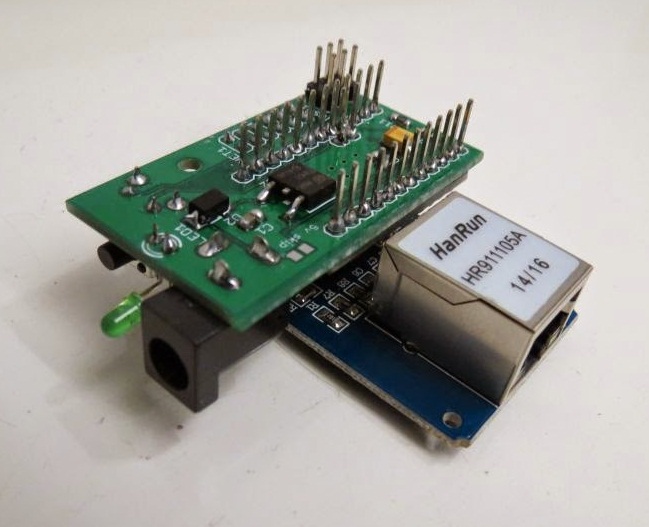Maker develops a DIY logger to send data points to any Xively feed.
Xively is devoted to simplifying and deploying connected products for the rapidly-growing Internet of Things. In essence, the service consists of an online database that enables developers to connect sensor-derived data to the web and build their own applications based on that information. Recently, Davide Gironi designed a modular data logger using an ATmega328 MCU that was capable of sending data points to any Xively feed.
The embedded platform features a network interface, allowing users to configure it using any browser by simply pointing to the device address. Gironi notes that it can be configured in one of two ways: Static IP, gateway and netmask, or DHCP.
The Xively API Key and feed ID can also be modified though the network interface, Gironi explains. “Those parameters can be useful if you want to build many devices with same sensors, and then connect it over a different Xively feed, without compiling and uploading a new hex. Every sensor module can add one or more configuration parameter, you can implement it in the configuration modules files.”
“Every sensor module must implement some functions. Every sensor module, must be registered in the checkdata.c file,” says Gironi. “Every module must implement a set of functions with strong name rules, [and] every function name must end with a terminal string, depending on what the function implements.”
On the hardware side, the platform is driven by an ATmega328, running at 16Mhz, in addition to a “cheaper” network board. In order to accelerate the deployment of logger boards, a PCB was developed based on top of the use of an Arduino Pro Mini (ATmega168).
According to Gironi, he has been using his solution for nearly two years now to log a variety of things, such as air quality, temperature, AC current, luminosity, and most recently carbon dioxide, as seen below.
Interested in learning more? You can find all the necessary codes, schematics and other details of the project here.



